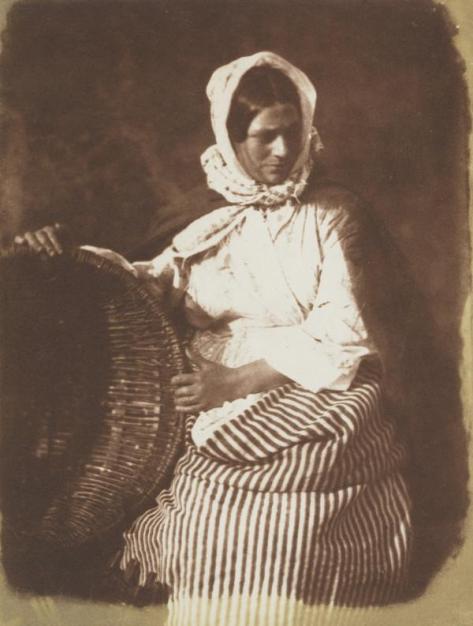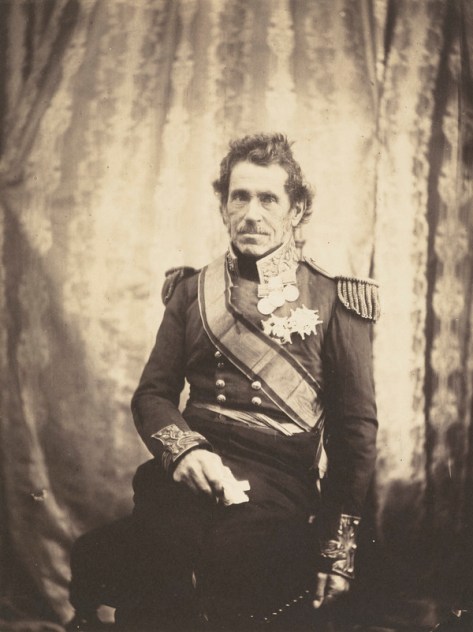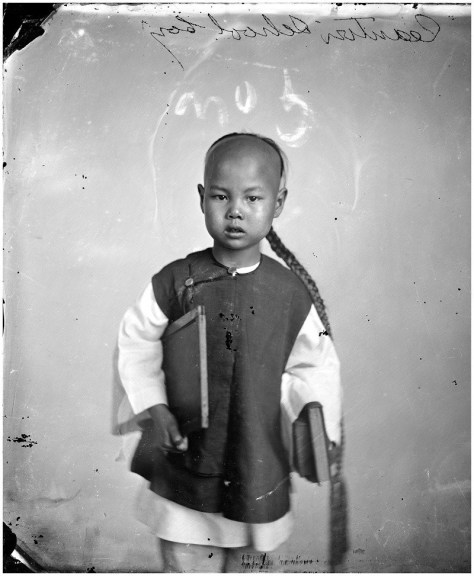The brief is to choose a portrait by a historical photographer and discuss it at some length, thinking about the context and the actual image. This opens a very wide range of options. What is historical? How far do you go back? For someone of my somewhat venerable age historical means over a hundred years ago, or a least fifty! For a younger person it might mean more than twenty years. However, the implication of the information provided is that one should be considering one of the earlier photographers.
History is a slippery concept. It is frequently said that it is written by the victors. It is certainly mainly written by, and about, men – although there has been a present press to redress that particular bias. It is also very driven by the concept of ‘class’. In photography, like painting, most early portraits were taken both by and of the relatively wealthy. They are the ones who could afford the equipment and afford to pay for a picture. A very different situation from the present where, at least in the majority of the world, most people have access to a camera of some sort, and where they do not, in areas considered deprived (if interesting enough) there are a plethora of people taking images.
I spent some time considering which photographer to choose. Amongst others I looked at:
- I was recently on holiday in Wales and came across a local museum in Merthyr Tydfil, the Cyfarthfa Castle Museum, which had a collection of photographs on show by Robert Thompson Crawshay (1817-1879) who took images of the local area, his family and friends, and went as far as building a photographic studio in his house.

Self portrait – Robert Thomson Crayshaw - Another option I considered at length was the Edinburgh duo of Hill (1802 – 1870) and Adamson (1821-1848). They worked in Scotland at the very early stages of development of photography and took multiple images of the great and famous of Edinburgh and also a series of social documentary images of the fisher golf of Newhaven. I saw a recent exhibition of their images discussed here:
https://scottishzoe.blog/2017/10/09/edinburgh-exhibitions/

- Roger Fenton (1819-1869) is also discussed in the above link. As well as his famous series of images of the Crimea he also took portraits of the London gentry and the royal family.

Sir George de Lacey Evans, – Roger Fenton - John Thomson (1837 – !921) was another Scottish photographer who was among the early pioneers of photojournalism. He spent a considerable time travelling in the East and took a series of stunning images of Chinese people of all classes (although mainly the mandarins). When looking at his work, having previously only been aware of the China images I discovered a series of images he took later in life of the street life in Victorian London. These were accompanied by essays by himself and a collaborator- Adolfe Smith.

Cantonese schoolboy – john Thomson
I eventually chose the last of these options as it was work that I had not looked at before in detail and I remember the amazing clarity of the Chinese images from an exhibition I saw in Glasgow many years ago. They were one of the reasons I became interested in the history of photography.
The next decision was what image? There are multiple possibilities. There are several beautiful images from the Chinese body of work including a picture of a young Cantonese schoolboy, whose expression could be that of a young child attending school today (although the heavy books would probably be replaced by a tablet). I eventually decided to look at one of the images from the Victorian street life series. Again, there was a choice to be made. What defines a portrait? Tagg’s comment, quoted in the course manual ‘The portrait is a sign whose purpose is both the description of an individual and the inscription of social identity’ (Tagg, 1988) is very pertinent here. One option was ‘The Crawlers’, otherwise known as ‘The Tailors Widow’, another was ‘“Tickets” The Card Dealer’. The first image is very well known, the latter less so.
References
Tagg, J. (1988). The burden of representation. Minneapolis, Minn.: University of Minnesota Press.
